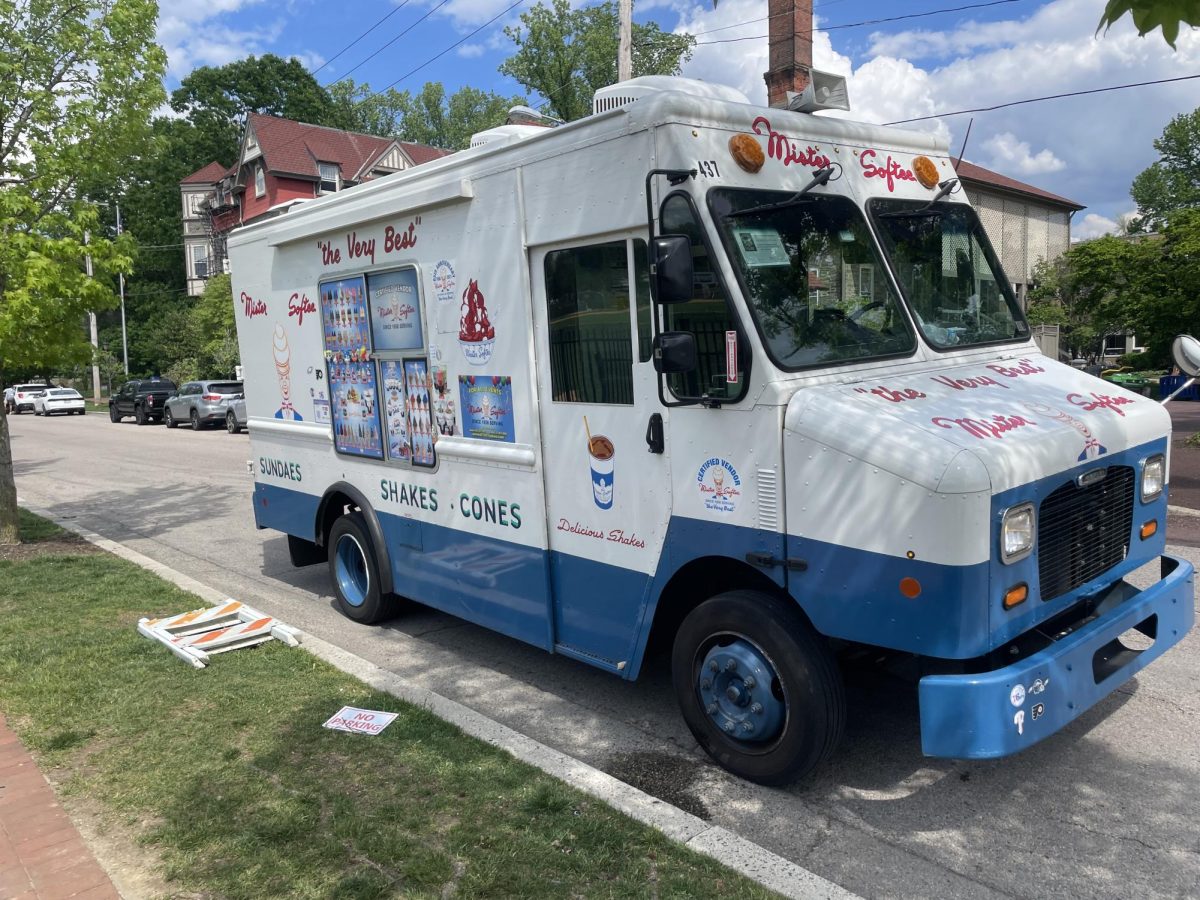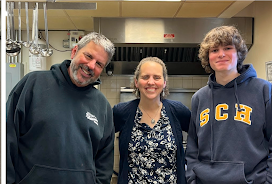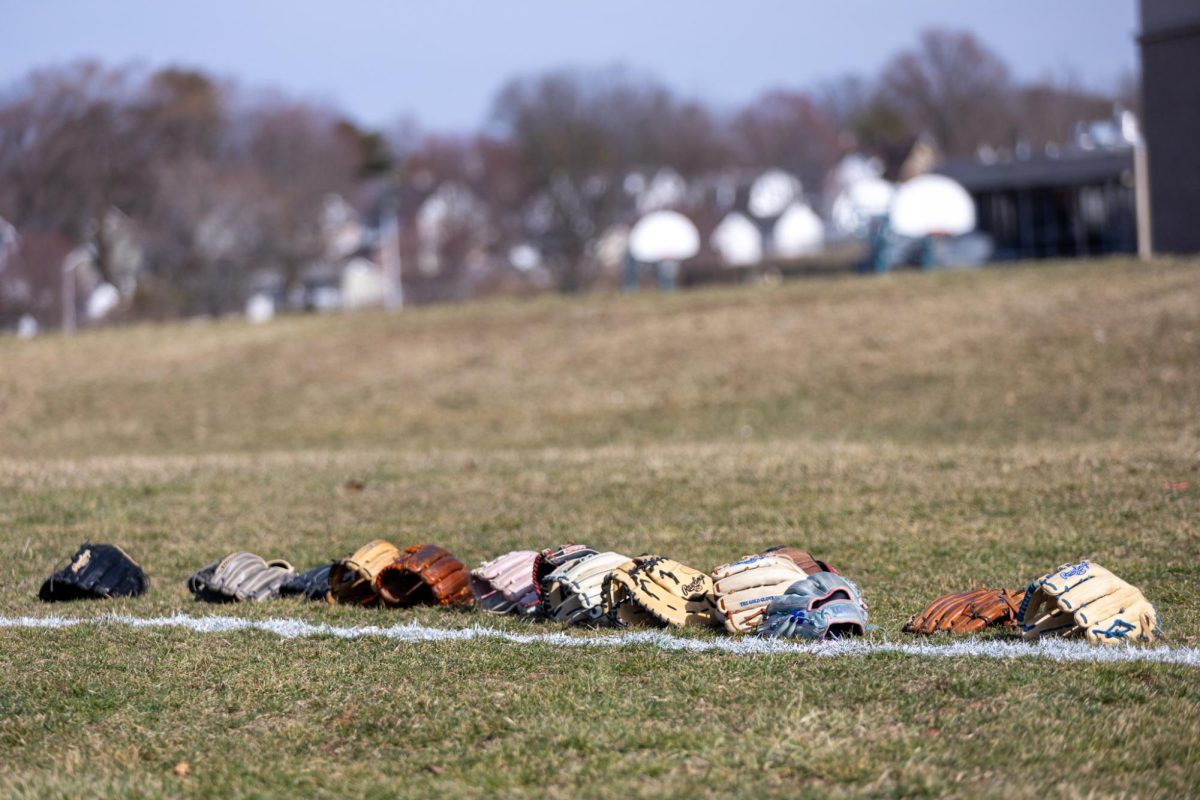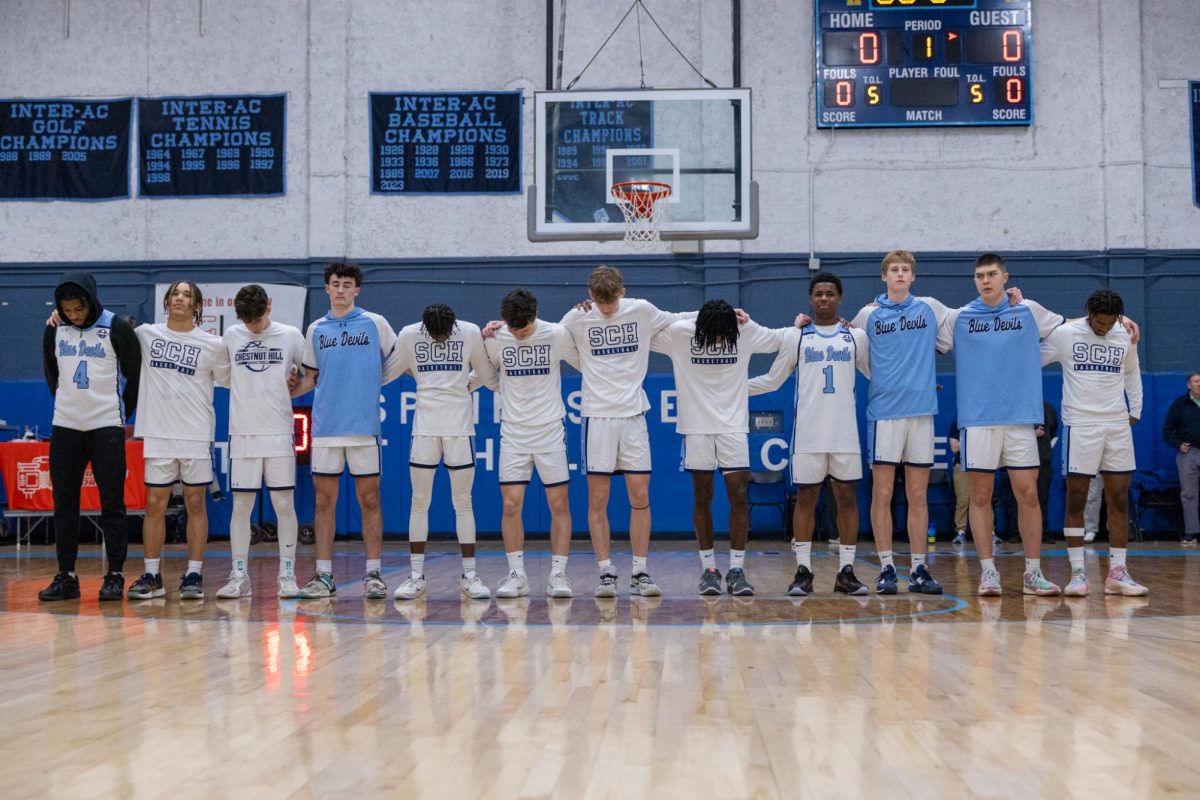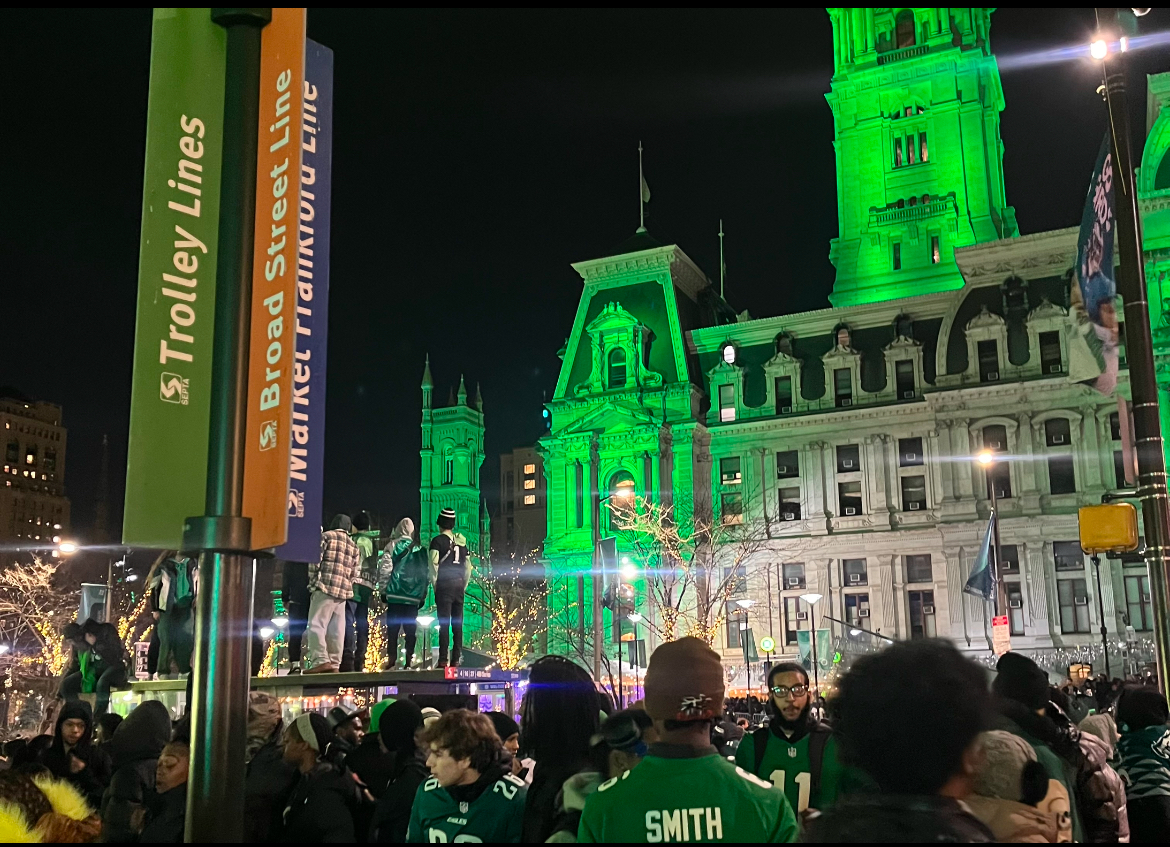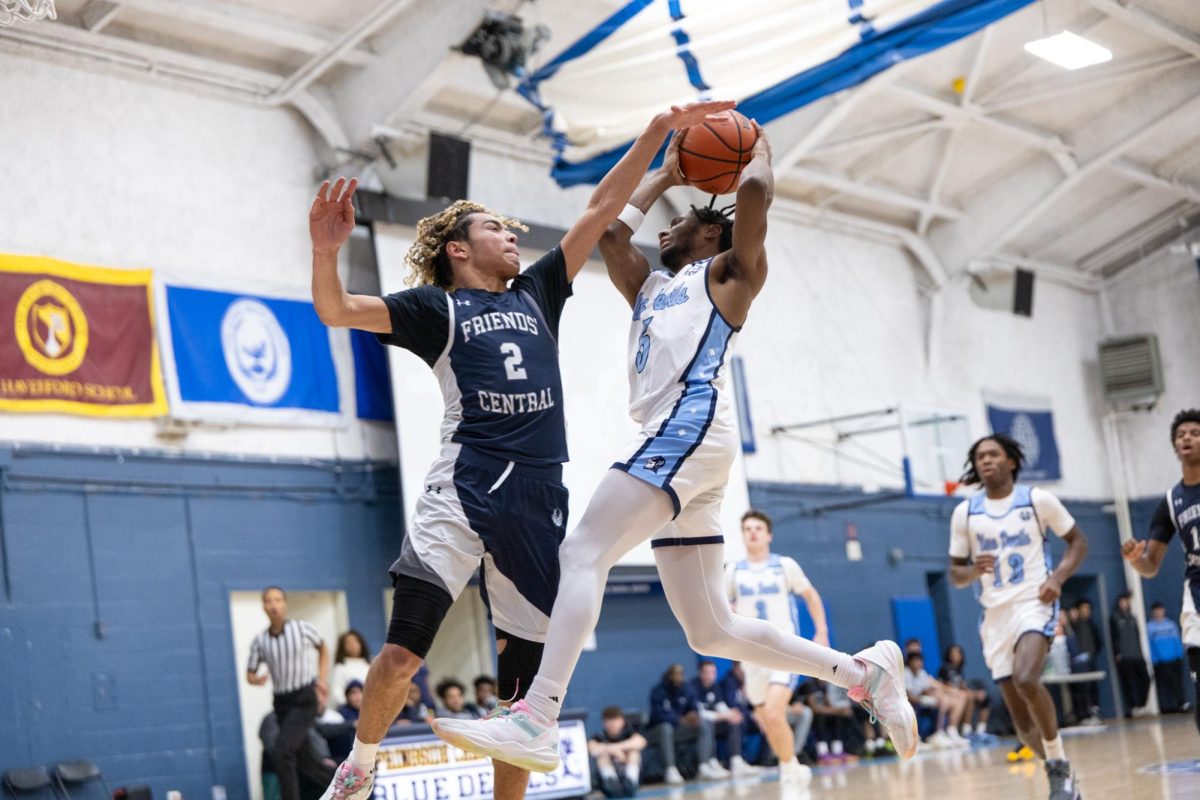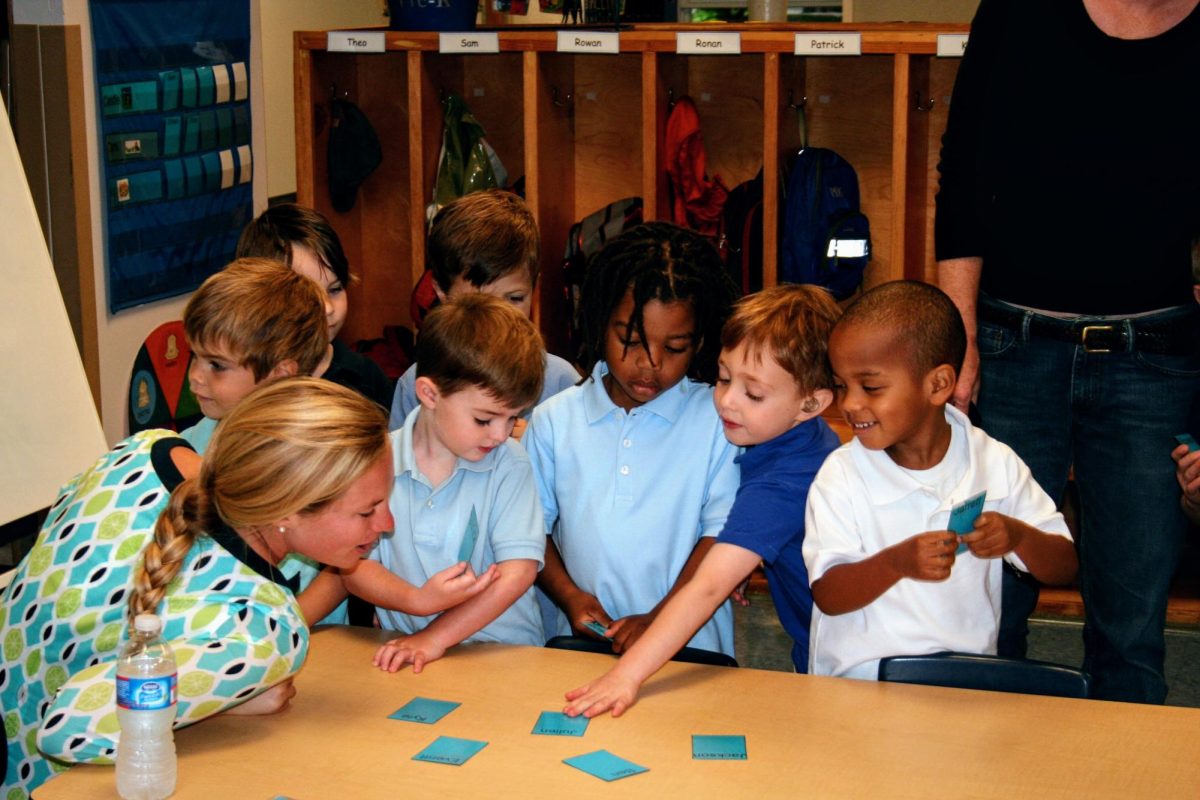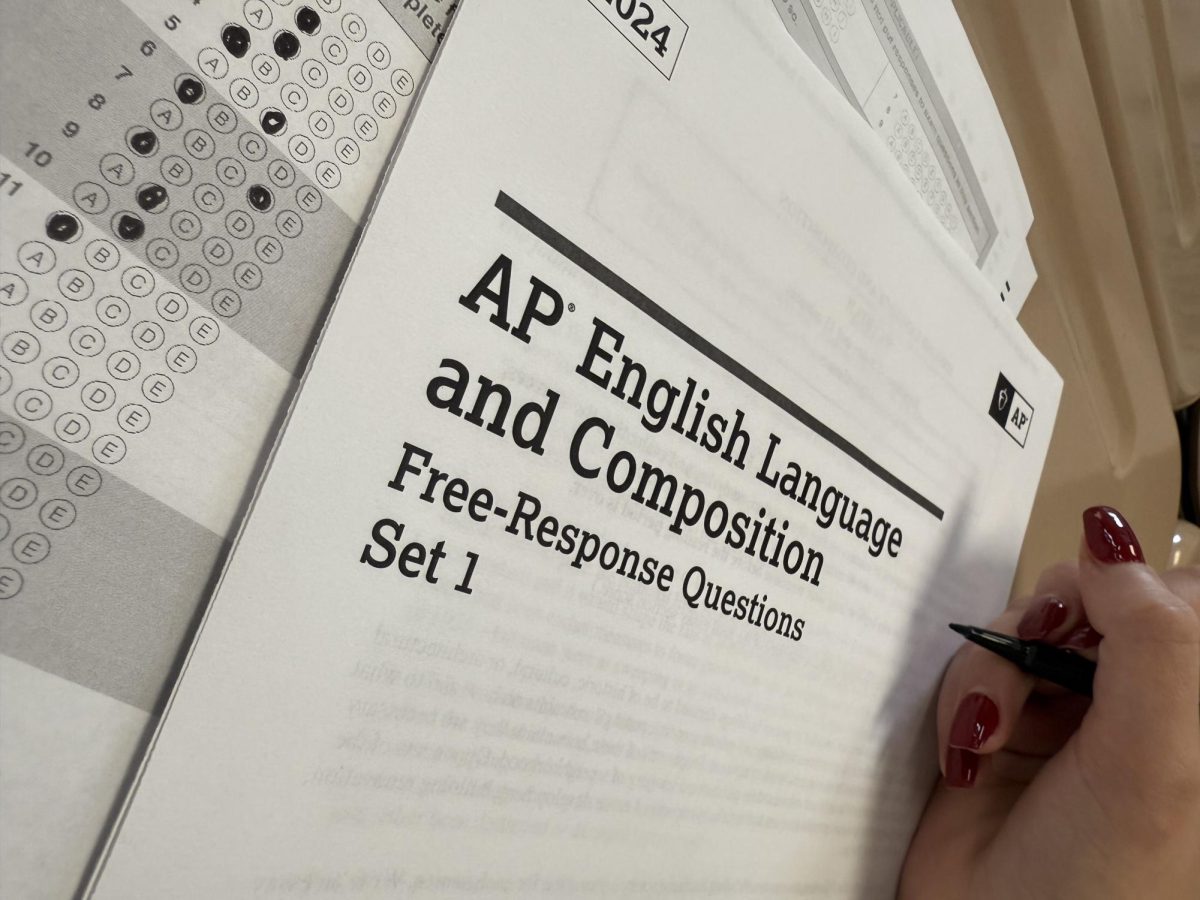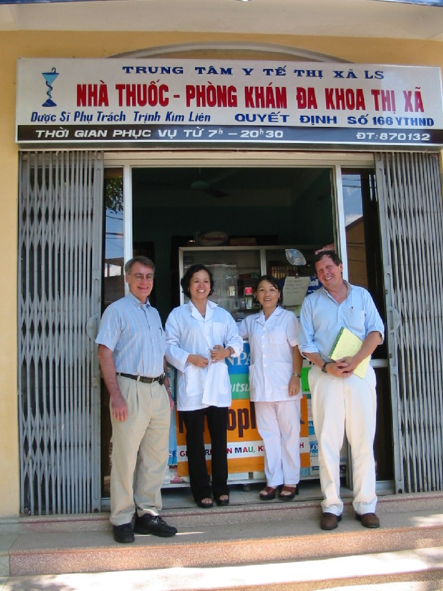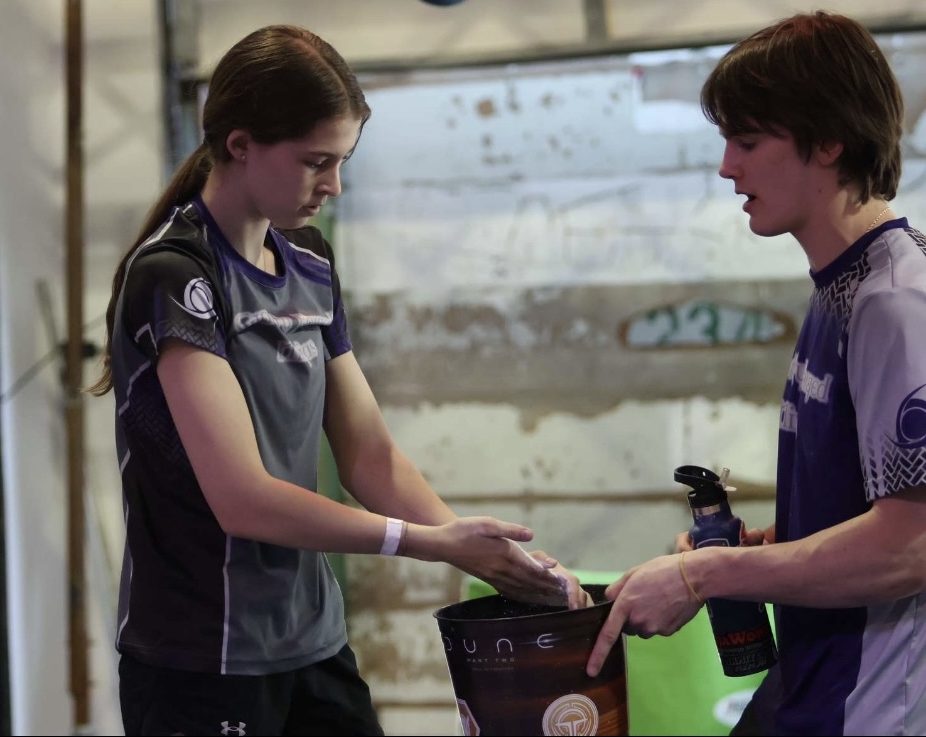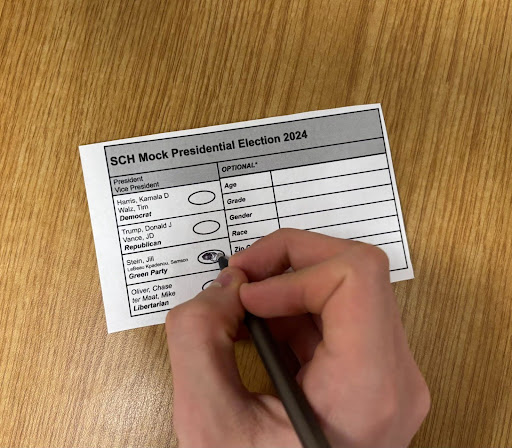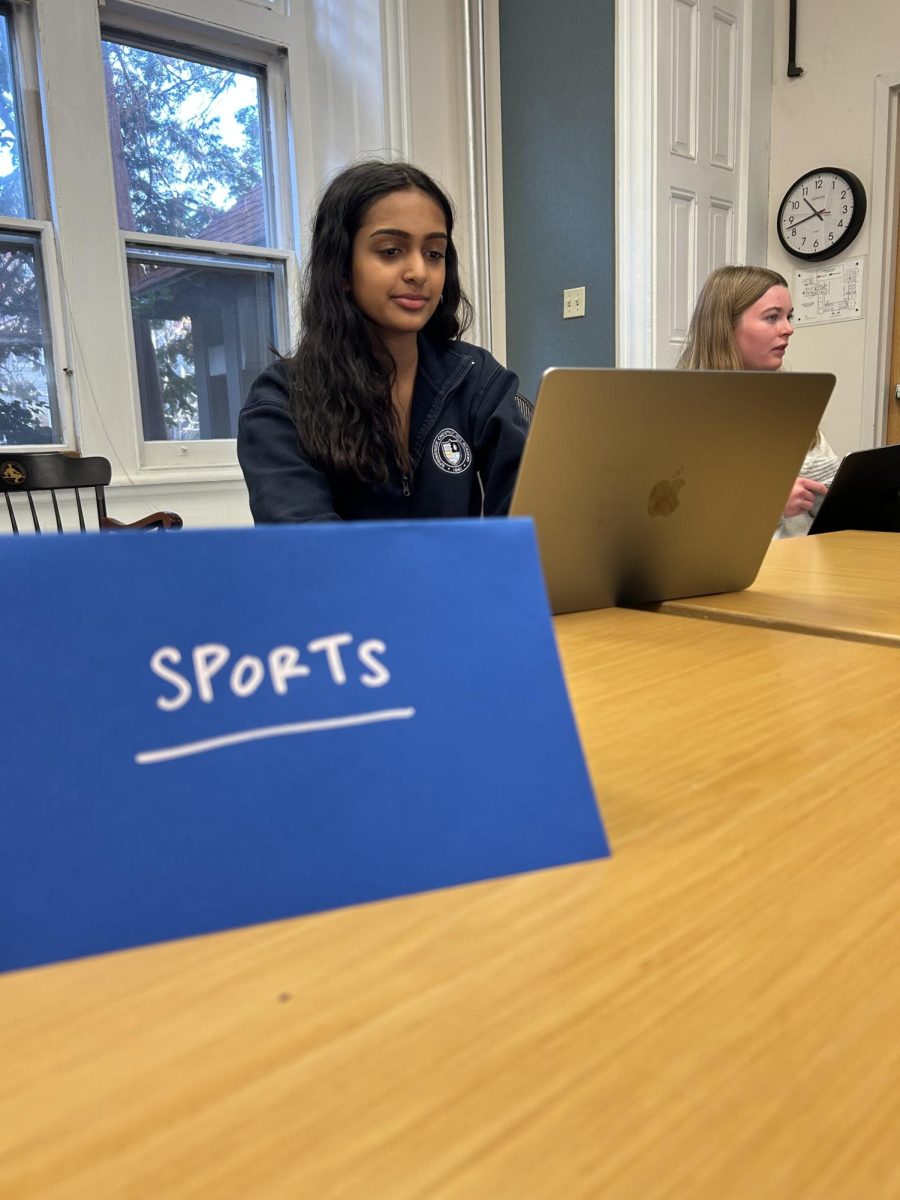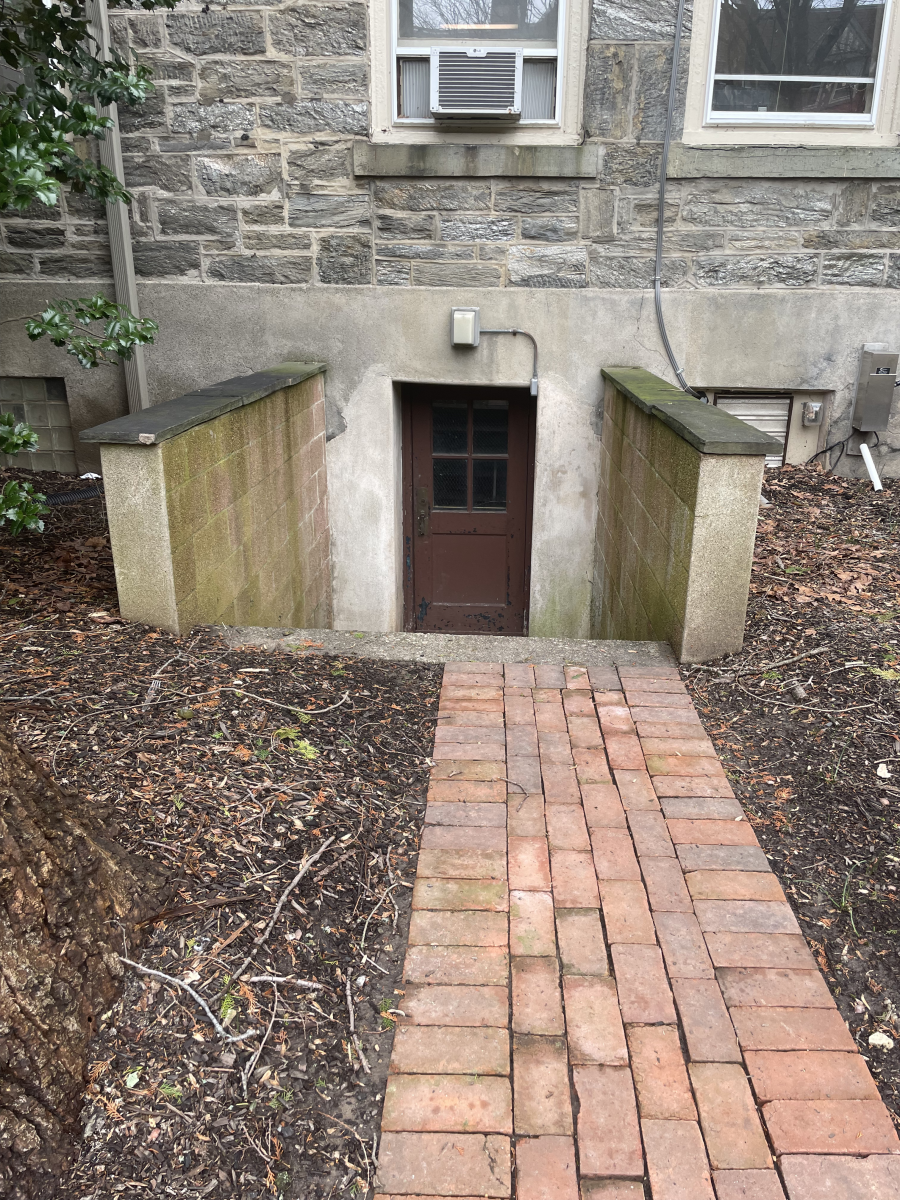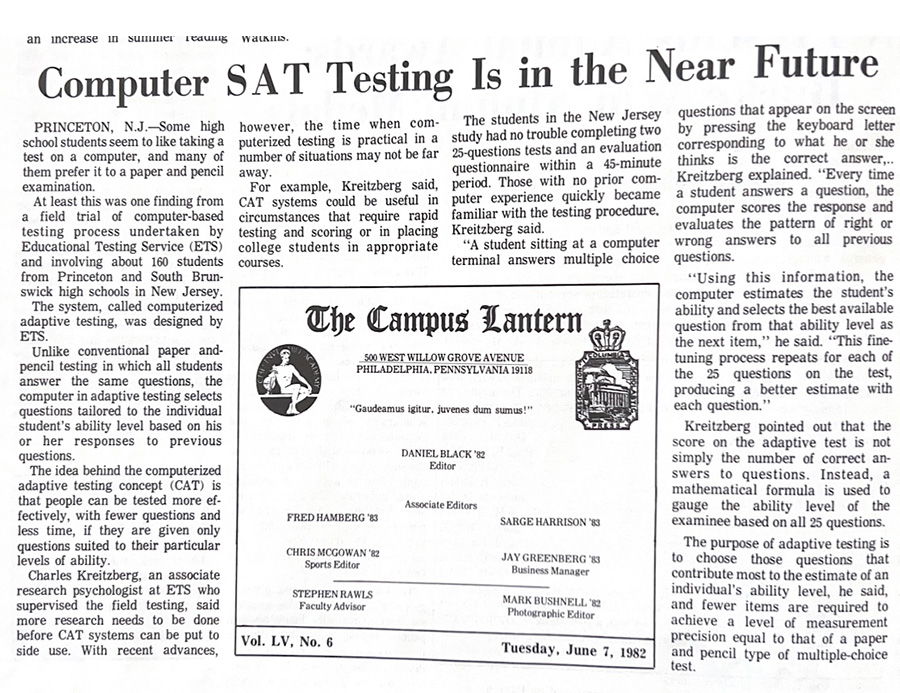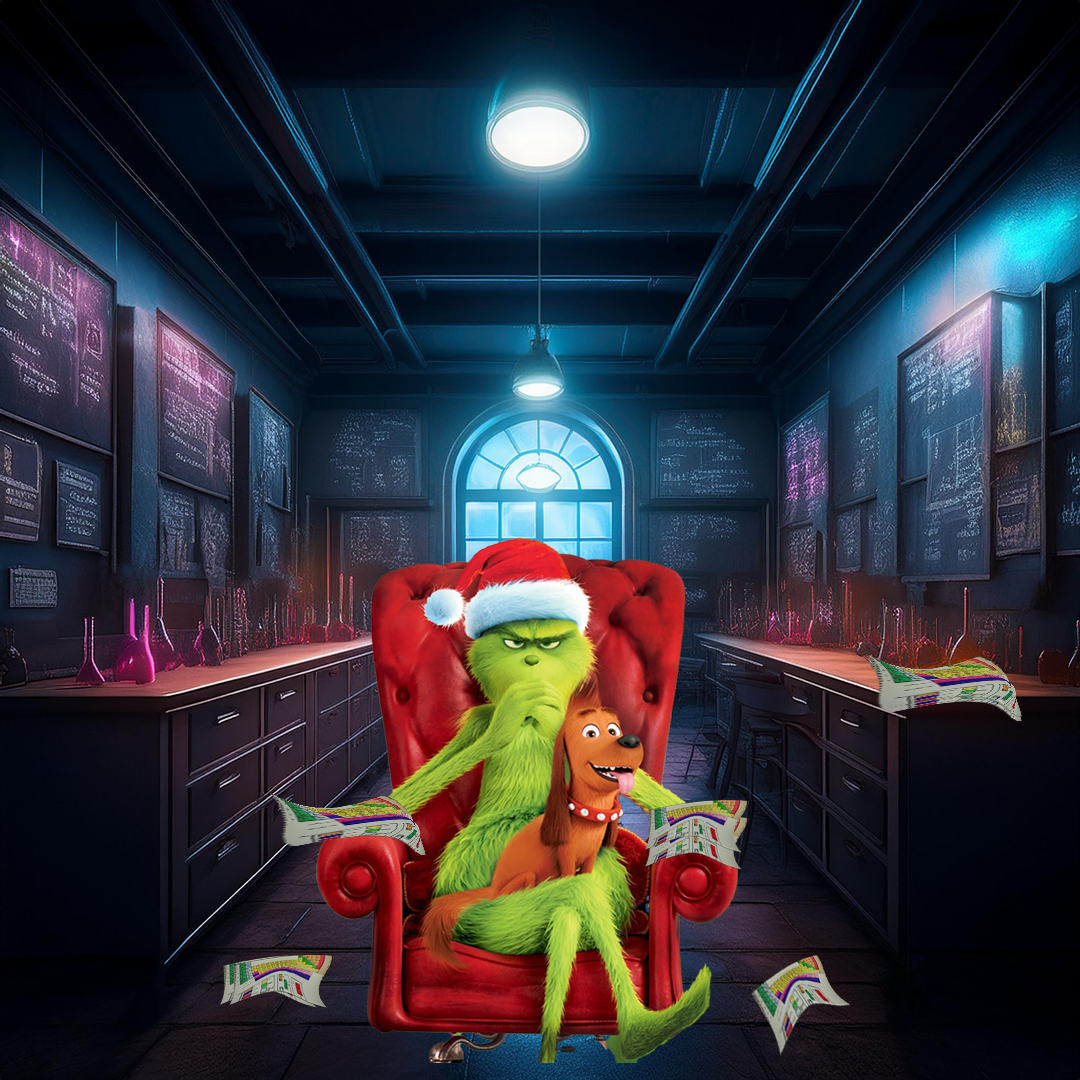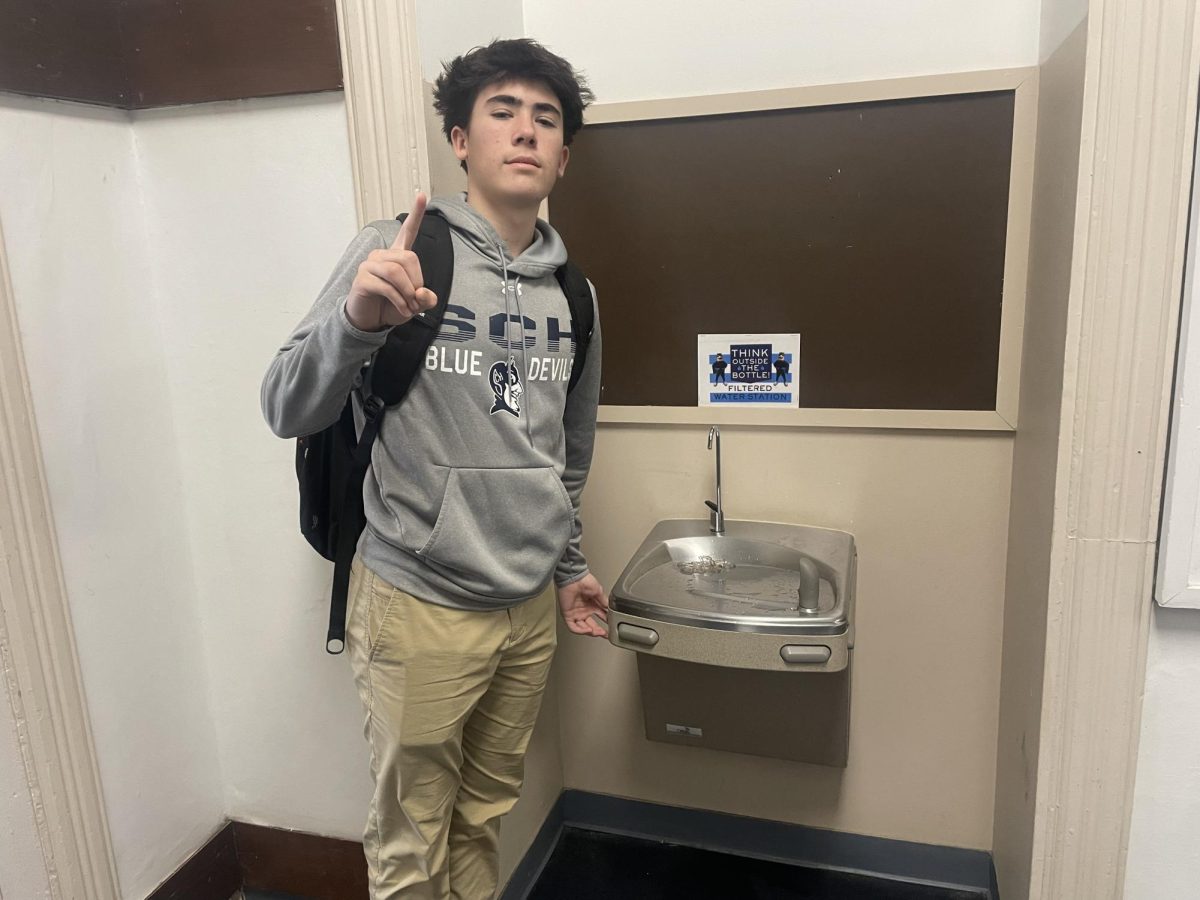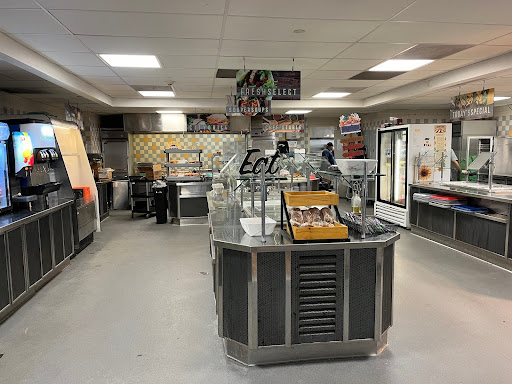As upper school students of SCH it is important to question the quality and cost of the food served in our cafeteria: Why are the prices what they are? Where does the food come from? How is the menu created?
In an interview with Chef Budd Cohen, the food service director, we discovered the answers to these questions and gathered a deeper understanding of how the cafeteria works.
As cafeteria prices have risen, many students have criticized the validity of cafeteria pricing. This criticism comes from a misunderstanding of economic challenges when running a school cafeteria. First, Chef Budd has to manage not only the upper school cafeteria but also the lower and middle school cafeterias. Having so many locations in a relatively small school increases the labor costs as more employees are needed to cook, clean, and work the register.
Inflation has played a serious role in the rising prices of food. When asked about the effect of inflation on the school cafeteria prices, Chef Budd said, “I used to get chicken fingers for $16 a case (10lb) … [Now] it’s in the $30s.” This steep increase in price makes it almost impossible for Chef Budd and the cafeteria staff to keep prices down.
In an era of fast fashion and cheap fast food, it is easy to forget how long making food takes. By the time food arrives in the kitchen to be prepared, it has gone through weeks of processing and is the work of months, if not years, of labor. Potatoes, one of the most popular produce items bought, take between 60-130 days to grow. Chicken, the most popular meat product, requires about 80 days of labor as well. All these different steps cost money and take a chunk out of how much the original farmer receives, causing the price to increase even further.Chef Budd said, “The farmer probably gets … 10 cents on the dollar. … Because it has to go from the farmer to a distributor, then down to the distribution center or whatever, and to Cisco and … eventually it comes to me.” The cost of these materials at SCH is high because most of the vegetables bought are locally sourced, a practice which allows for SCH to better support its community by using its purchasing power.
Chef Budd affirmed that our school’s community is generally very aware of the importance of sustainability and environmentalism, and SCH tries to support these values in the cafeteria. In 2022, the SCH food service program supported seventeen local farms with a total of $3,589 dollars invested in the local economy. While supporting the local economy is more expensive than buying lower quality food, it has a more positive impact on our community, which is a trade-off that many people would say is justified.
Students also ask why the SCH cafeterias do not have healthier options. The short answer has to do with the demand. The cafeteria team has tried to implement healthier options but most students still choose to buy the “carnival foods” – less healthy deep-fried options such as fries and chicken fingers. Budget is another limitation that must be factored when creating the cafeteria menu. Chef Budd mentioned that some students requested that sushi be added as an option in the cafeteria. The problem with this request is that seafood, especially sushi, is very expensive, and therefore Chef Budd feels he would not be able to make a reasonable price for students if a sushi dish was an option.
Through talking to Chef Budd, observing the SCH cafeterias, and researching the cafeteria history, we came to a conclusion: The prices on the SCH menu are as low as they possibly can be. They have risen because of increasing prices and labor costs.
So, what’s the solution? Students struggling with the prices could of course pack their own lunch, but for some that is not possible. An alternative solution would be for SCH to aid financially struggling students with the increasing cost of lunch. Moreover, menu selections are based on popularity, and therefore looking at our eating habits as students could lead to a reform of the menu.
Overall, Chef Budd and the rest of the cafeteria staff do their best to make a healthy and affordable lunch that includes the dietary needs of all students and faculty while remaining inside their budget to the best extent possible.



